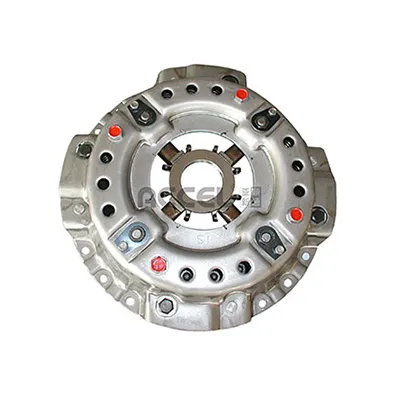Muscovite mica, renowned for its unique properties and multifaceted applications across various industries, is a significant form of mica that captures the interest of geologists and industrial experts alike. Famously characterized by its clear, elastic, and thermal resistant nature, muscovite mica is predominantly found in granite pegmatites, metamorphic schists, and certain hydrothermal deposits.
Brazil, too, has emerged as an important player with its robust muscovite mica reserves primarily located in the northeastern states of Rio Grande do Norte and Paraíba. Brazilian mica is gaining recognition for its quality and is increasingly being exported to meet international demands, particularly in the cosmetics industry where glittering and transparent properties are highly prized. China offers another dimension to the muscovite mica production landscape. Provinces like Jiangxi and Inner Mongolia are identified as hotspots for mica mining. China's position as a leading manufacturer in various industries ensures a high domestic demand for muscovite mica, driving both exploration and innovation in mica extraction and processing technologies. From these diverse geological settings, muscovite mica extracted is then processed and refined to meet the specific needs of various sectors. Its applications range widely—from acting as an insulator in electrical devices to adding shimmer in cosmetic products, from being a crucial element in the construction industry for thermal insulation to serving artistic purposes in paints and varnishes. As the demand for muscovite mica continues to rise, especially in high-tech industries and sustainable products, the emphasis is placed on not just finding new deposits but also on improving mining practices. International collaboration and technological advancements in the mining sector are pivotal as they seek to optimize extraction techniques, reduce environmental impacts, and adhere to ethical sourcing standards. In conclusion, understanding where muscovite mica is found provides critical insights for industries reliant on this mineral. While traditional powerhouse countries continue to lead production, emerging economies are making strides in sustainable mica mining. The future of muscovite mica lies in balancing industrial demand with environmental stewardship, ensuring this versatile mineral continues to support global technological and cosmetic advancements. This dynamic interplay of geography, technology, and industry ensures muscovite mica remains an invaluable resource on the global stage.


Brazil, too, has emerged as an important player with its robust muscovite mica reserves primarily located in the northeastern states of Rio Grande do Norte and Paraíba. Brazilian mica is gaining recognition for its quality and is increasingly being exported to meet international demands, particularly in the cosmetics industry where glittering and transparent properties are highly prized. China offers another dimension to the muscovite mica production landscape. Provinces like Jiangxi and Inner Mongolia are identified as hotspots for mica mining. China's position as a leading manufacturer in various industries ensures a high domestic demand for muscovite mica, driving both exploration and innovation in mica extraction and processing technologies. From these diverse geological settings, muscovite mica extracted is then processed and refined to meet the specific needs of various sectors. Its applications range widely—from acting as an insulator in electrical devices to adding shimmer in cosmetic products, from being a crucial element in the construction industry for thermal insulation to serving artistic purposes in paints and varnishes. As the demand for muscovite mica continues to rise, especially in high-tech industries and sustainable products, the emphasis is placed on not just finding new deposits but also on improving mining practices. International collaboration and technological advancements in the mining sector are pivotal as they seek to optimize extraction techniques, reduce environmental impacts, and adhere to ethical sourcing standards. In conclusion, understanding where muscovite mica is found provides critical insights for industries reliant on this mineral. While traditional powerhouse countries continue to lead production, emerging economies are making strides in sustainable mica mining. The future of muscovite mica lies in balancing industrial demand with environmental stewardship, ensuring this versatile mineral continues to support global technological and cosmetic advancements. This dynamic interplay of geography, technology, and industry ensures muscovite mica remains an invaluable resource on the global stage.
Prev:
Latest news
-
The Versatile World of Phlogopite Mica: Properties, Forms, and ApplicationsNewsJul.14,2025
-
The Versatile Applications of Calcined Mica: From Decoration to Industrial UseNewsJul.14,2025
-
The Role of Muscovite Mica in Industrial Insulation MaterialsNewsJul.14,2025
-
The Benefits of Using Expanded Clay Pebbles in Hydroponics and Soil GardeningNewsJul.14,2025
-
Innovative Applications of Mica Flake in Paints and CoatingsNewsJul.14,2025
-
Gardening Expanded Clay Usage: A Complete GuideNewsJul.14,2025
-
The Use of Natural Mica Powder in Skincare ProductsNewsJun.11,2025
Related Products








